How to help my child handle Grief
How to help my child handle grief was the first question that came to mind after a recent loss. Some of the hardest lessons we have to teach aren’t easy. The life moments are the hard ones to teach. They are the moments that don’t come with a manual. A few months ago I had to teach one of these hard lessons. I had to learn how to help my child handle grief.
Tips for Managing Grief for Kids
The kids have always been very close to their great-grandpa. He has always been so sweet with them. My husband’s father died at a young age so the kids never met them. Dada stepped up to be their grandpa and fill that role in their lives. He always used to cook them breakfast. It didn’t matter if they just ate a full meal, he had to scramble up some eggs.
When Dada died I knew the kids would be said but I had no idea what was coming. It wasn’t just a loss. It rocked their whole world. For their whole lives, Dada was an important part of their life, and then he was gone. We went through a lot in the months following that. Grief is kind of like a tidal wave. There is the initial damage but then there is the flooding, and the water damage, and the cleanup, and so on. It is the same way with grief. It isn’t just the initial hurt. It’s all the little things that follow it.
6 ways I help my Child Handle Grief
For us, these are some of the things we encountered. I hope by sharing I am able to help you to help your child when they have to face grief for a loss.
Expect an initial calm
Sometimes kids won’t completely understand what is going on. At first, it may seem like they are not impacted by what is going on. They may just not understand the finality of death. Give them time.
3 Things to do in the calm
1. Let them have the freedom to process things. – It doesn’t have to be a hurried process and they don’t have to cry right away. Give them the time to be calm.
2. Don’t put your feelings on them. – It’s ok to feel the things you are feeling in this process. However, your kids don’t have to feel what you do. Please don’t force them to feel your hurt. They will get there in time.
3. Let them enjoy the calm of the quiet. – They will feel big hurt and it will come washing in like a flood. Let them feel this season of peace before the storm comes.
Expect anger
R is such a sweet-spirited little girl. She really is but she became so angry in the weeks and months following the loss of Dada. Expect this behavior but don’t excuse it. Give your child alternative ways to process their grief.
3 Things to do with the anger
1. Remember the why behind it. It’s so easy to see the anger and the way that your child is losing their temper and forget that they are walking big hurt. Knowing the why can help you to be a support person for them.
2. Honor their feelings. Let the anger be the anger. Let them be mad and give them safe ways to be angry. This could mean letting them have a certain amount of time in their room to yell or let their anger out.
3. Have consequences for unhealthy angry behaviors. While there is a very real reason for their anger, there is no reason for aggressive or harmful behavior. Establish consequences for those unhealthy behaviors and communicate them honestly with your child.
Cry in front of them.
Most of the adults chose not to cry in front of the kids. While they thought they were sparing them from the difficulty, they were really showing them that there was no need for tears. R watched her dad, aunt, and uncle to see how to react. When they didn’t cry, she thought she couldn’t either. For her, this meant that those feelings became anger instead. It won’t be easy for your child to see you cry, but it will be harder for them to try and process big emotions thinking they can’t cry.
3 Ways to let them see you cry
1. Have a clear boundary about emotions. Children want to see you grieve so they know how to grieve. While they don’t need to see you in a constant wrecked emotional state, they do need to see that you can cry.
2. Let them see the hurt and be honest about it. Moms try so hard to hide their tears from their kids. We consider it a burden. However, when you cry in front of your kids you are giving yourself a chance to be honest with them about grief and the why of crying.
3. Let them see you cry without forcing them to join you. They may not be ready to cry. They may not want to feel the hurt you are feeling yet or be ready to see the grief that way. That is ok. Let them have their process and know that when they are ready, they will cry.
Prepare them for the service
All services are handled differently. Will it be an open casket? Is there going to be a gun salute? Will they be expected to say something? How long will it be? These are important to walk through with your child. If your child has a sensory issue, make sure to pack earplugs for a gun salute. Will the service be long? Pack something for your child. Are allowed to speak? Prepare them for this. If not, make sure they know those limitations as well. For R, saying something at the service meant a lot to her.
3 Ways to prepare for the service
1. Be honest with what they can expect from the service. As I said above, each service will be different and new for them. Let them know what kinds of things will happen throughout the service.
2. Be honest about their role in the service. Are they expected to stay quiet? Will they be expected to say something? What is their particular role with the service? Knowing these things can help them to “behave” in the way they are expected to.
3. Give them an out if needed. Sometimes the emotions and experiences of a funeral can be too much for small children. Find a safe way for them to step away from it if it is too much for them. You don’t want to have a secondary trauma because of forcing them to be where they aren’t comfortable being.
Sometimes there is nothing you can say
Grief hurts and your child will need to process through that. Sometimes you just have to hold them and let them cry until they are all cried out. There is no fixing it. Sometimes it just has to be what it is.
Don’t be afraid of the silence. Sometimes kids just need to struggle and go through the messy process of grief. Be there for them as needed but let them work it through when you don’t have the words.
Give them ways to process grief
This may mean a photo collage, a special item that is a memory or having them journal about the loss. I am going to include a small printable pack for you of things you could use to help your child work through this process. Some of these will not apply to you. Print what you need.
Answer questions honestly
We are Christians and believe 100% that Dada is in Heaven because he chose to accept Jesus as savior. When asked about where he is now, we answered honestly. If you are not sure about the answer, it’s ok to ask someone you know who may know more. It’s ok to tell your child you will find out and get back to them. I had a few of these type of questions with R and we had to research the answer and get back to her. Whatever you believe, communicate openly with your child about it.
What’s in the printable pack?
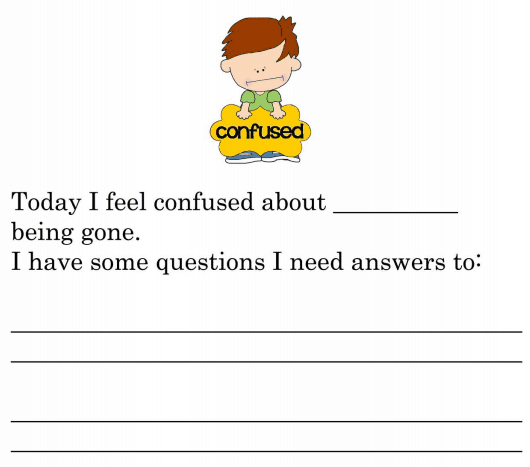
Sometimes losing someone can be confusing. This page gives your child a chance to write out the things confusing them most about losing someone. Sometimes getting it down on paper can help a child to process it or communicate with you what they’re struggling with.
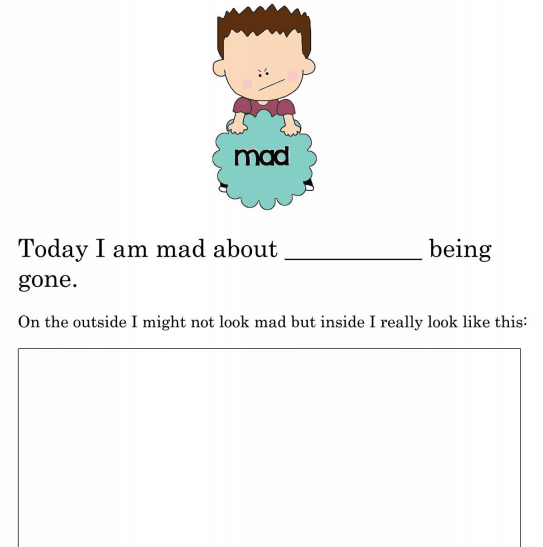
Anger is a healthy part of grief but sometimes kids have a harder time sharing that emotion. These pages may offer a way for children to process their anger in a healthy and safe way.
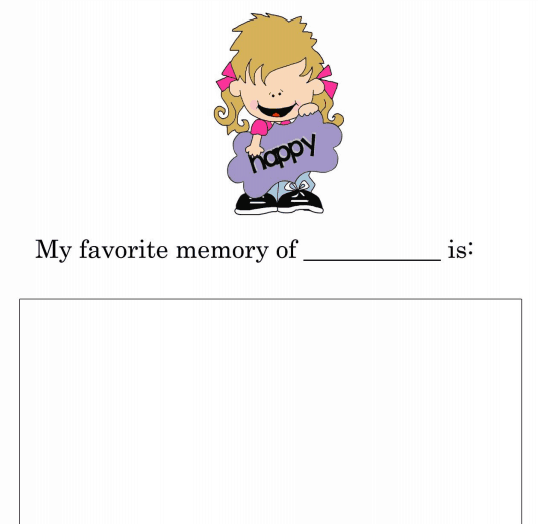
Taking about the good times can be so healing when walking through grief. For kids, this can be just as true. These can be a fun way to highlight some of their favorite memories.

Sometimes feelings are hard to express. Having a simple laminated sheet with feelings can help a child to tell you what they feel when they can’t find the words.
(Clip art purchased from Reseller Clip Art)
How have you helped your child handle grief? What surprised you most about the process?

Are you looking to have some of the heavier conversations with your kids? Don’t miss out on some of the posts below.
How do I talk to my kids about mental illness?


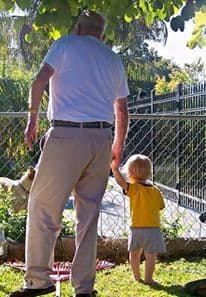


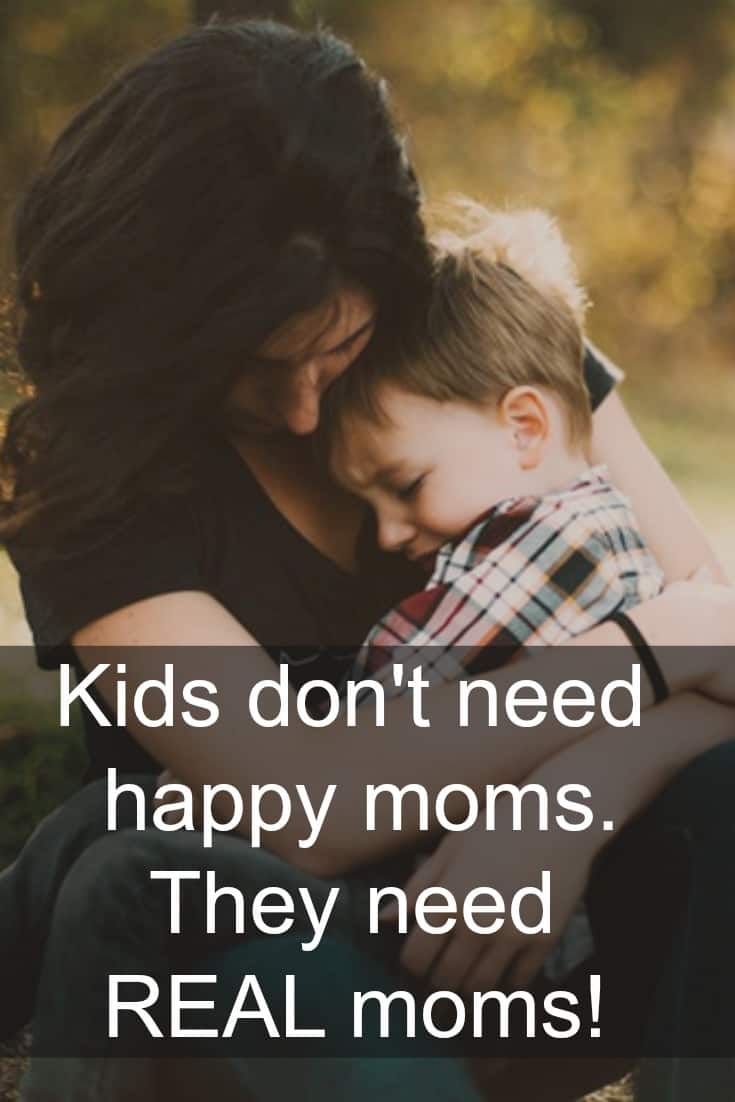


Great tips. I always like to be honest with my kids.